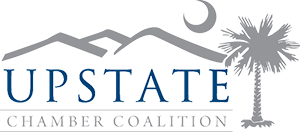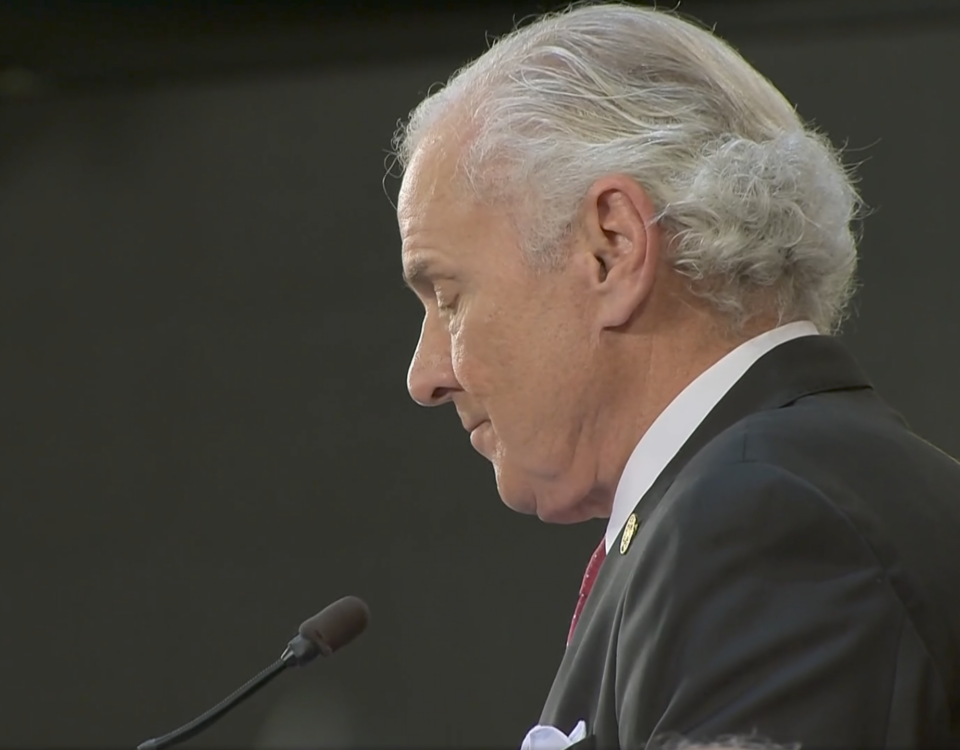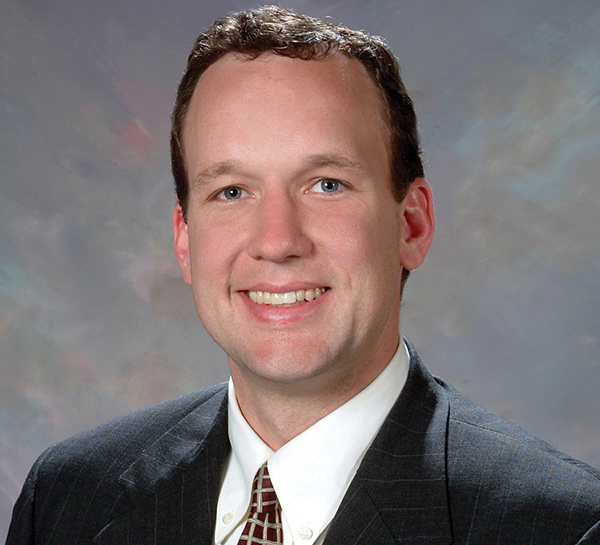
Greenville’s Bannister Looks Back, Looks Forward
February 8, 2017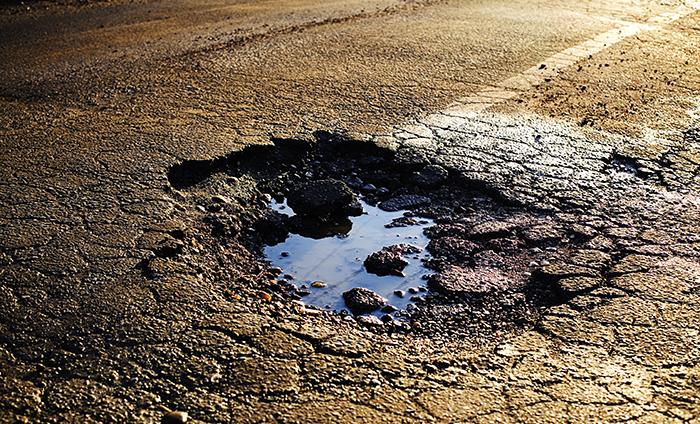
We’ve Reached the Last Resort
February 27, 2017Emoji Explains: Infernal Infrastructure
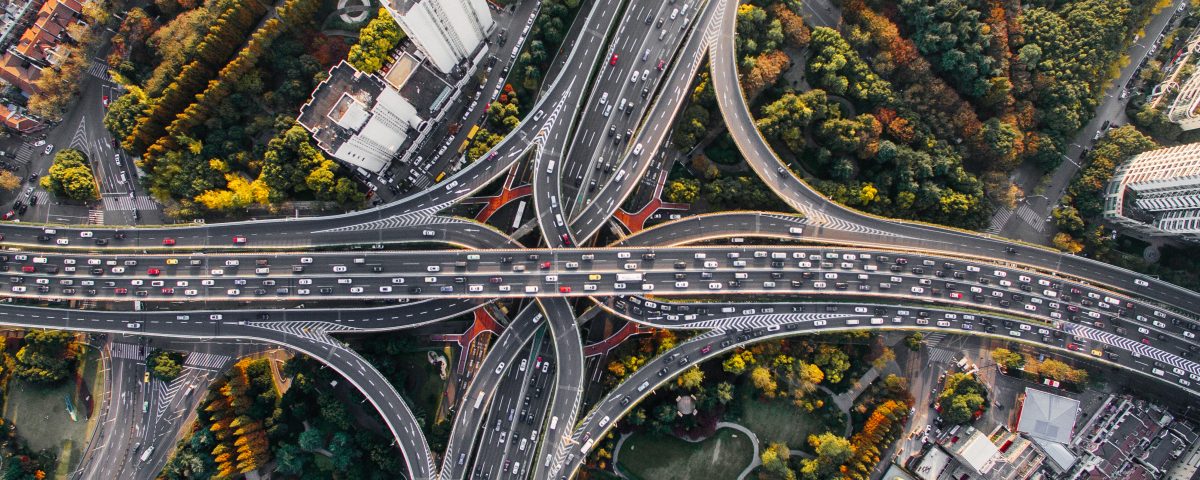
The Greenville Chamber works to create jobs and bring business to the Upstate, and sometimes this is our state’s horrendous road conditions. The ability to get our goods to market, and get our employees safely to and from work, is essential for attracting industry to the region. However, the current state of our roads is hampering this goal. Here, thanks to our emoji friends, is a run-down of the situation and our recommendations for the General Assembly as they pursue transportation funding:


 The Upstate is uniquely situated on the I-85 corridor at a midpoint between Atlanta and Charlotte.
The Upstate is uniquely situated on the I-85 corridor at a midpoint between Atlanta and Charlotte.
 This, paired with our proximity to the Port of Charleston, the 8th busiest port in the United States, makes us a highly competitive location for businesses to locate.
This, paired with our proximity to the Port of Charleston, the 8th busiest port in the United States, makes us a highly competitive location for businesses to locate.
 South Carolina has the fourth largest state-maintained system in the country and is only the 24th largest state in terms of population.
South Carolina has the fourth largest state-maintained system in the country and is only the 24th largest state in terms of population.
 South Carolina also has the highest death rate per 100 million vehicle miles traveled out of all 50 states at 1.65 and has the 7th highest overall traffic fatalities.
South Carolina also has the highest death rate per 100 million vehicle miles traveled out of all 50 states at 1.65 and has the 7th highest overall traffic fatalities.
 Highly congested and outdated infrastructure is dangerous and raises transportation costs.
Highly congested and outdated infrastructure is dangerous and raises transportation costs.
 Only 18% of our roads are considered in good condition.
Only 18% of our roads are considered in good condition.
 And at any given time, about 20% of South Carolina’s bridges are in poor condition.
And at any given time, about 20% of South Carolina’s bridges are in poor condition.

.png) This means more potholes, more traffic jams, more accidents…
This means more potholes, more traffic jams, more accidents…

 …and more time and higher costs associated with delivering finished products to retailers and customers.
…and more time and higher costs associated with delivering finished products to retailers and customers.
 It’s a drag on our economy.
It’s a drag on our economy.

.png) In 2014, a study proved that congestion and poor roads cost the average driver in the Greenville-Spartanburg MSA an average of $1,248 each year.
In 2014, a study proved that congestion and poor roads cost the average driver in the Greenville-Spartanburg MSA an average of $1,248 each year.
 Only half of our state roads are eligible for federal funds, and the General Assembly needs to act now to create sustainable, long-term highway funding.
Only half of our state roads are eligible for federal funds, and the General Assembly needs to act now to create sustainable, long-term highway funding.
 Which brings us to the gas tax (I know, I know, taxes are the worst, just hear me out).
Which brings us to the gas tax (I know, I know, taxes are the worst, just hear me out).
 The gas tax is basically a user fee. The more you use the roads, the more you fill up your tank, and the more you fill up your tank, the more you pay to help keep the roads in good condition. Makes sense, right?
The gas tax is basically a user fee. The more you use the roads, the more you fill up your tank, and the more you fill up your tank, the more you pay to help keep the roads in good condition. Makes sense, right?
 Our gas tax has not been raised since 1987 and is not indexed with inflation.
Our gas tax has not been raised since 1987 and is not indexed with inflation.
 It is the second lowest in the nation, behind only Alaska (where they drill a lot of oil).
It is the second lowest in the nation, behind only Alaska (where they drill a lot of oil).
 Keep in mind that today’s cars are generally heavier (more wear and tear on the roads per mile driven)…
Keep in mind that today’s cars are generally heavier (more wear and tear on the roads per mile driven)…
 …yet more fuel efficient (less tax paid per mile driven) than they were in 1987.
…yet more fuel efficient (less tax paid per mile driven) than they were in 1987.

 South Carolina is a tourism-heavy state, and approximately one-third of the gas tax is paid for by out-of-state drivers.
South Carolina is a tourism-heavy state, and approximately one-third of the gas tax is paid for by out-of-state drivers.

 Most of our neighboring states have already increased their infrastructure funding through gas tax revenue.
Most of our neighboring states have already increased their infrastructure funding through gas tax revenue.
 Raising the gas tax would revitalize our transportation funding and ensure that people are paying as much per mile of road used in 1987, when our roads were in better shape.
Raising the gas tax would revitalize our transportation funding and ensure that people are paying as much per mile of road used in 1987, when our roads were in better shape.
 It would be a more sustainable source of revenue than short-term fixes.
It would be a more sustainable source of revenue than short-term fixes.
 Raising the gas tax would allow us to fix the most critical infrastructure problems immediately so we can pursue a long-term solution that would allow more private investment in infrastructure.
Raising the gas tax would allow us to fix the most critical infrastructure problems immediately so we can pursue a long-term solution that would allow more private investment in infrastructure.
 That would mean better roads, highways, and bridges.
That would mean better roads, highways, and bridges.
 Which would help us get from point A to point B quickly and safely.
Which would help us get from point A to point B quickly and safely.
 And would mean a stronger economy.
And would mean a stronger economy.

 And happier drivers.
And happier drivers.
 Two infrastructure bills are currently being discussed at the Statehouse, one in the Senate and one in the House.
Two infrastructure bills are currently being discussed at the Statehouse, one in the Senate and one in the House.


 S. 54 Raises the Gas tax by 12 cents over three years, indexes for inflation, raises other fees, and has offsetting tax reductions and credits.
S. 54 Raises the Gas tax by 12 cents over three years, indexes for inflation, raises other fees, and has offsetting tax reductions and credits.

 H. 3516 raises the gas tax by 10 cents over five years, does not index for inflation, raises other fees, and has no tax reductions. This bill is scheduled to be on the House floor on Wednesday of this week.
H. 3516 raises the gas tax by 10 cents over five years, does not index for inflation, raises other fees, and has no tax reductions. This bill is scheduled to be on the House floor on Wednesday of this week.
 Other roads bills have been proposed, but we believe these to be the two main bills to date.
Other roads bills have been proposed, but we believe these to be the two main bills to date.
 Our lawmakers have said they’re willing to work together on a compromise.
Our lawmakers have said they’re willing to work together on a compromise.
 We’ll be keeping an eye on these for our business community, and we’ll keep you updated.
We’ll be keeping an eye on these for our business community, and we’ll keep you updated.
 Stay Tuned.
Stay Tuned.
Michelle Rash was the Advocacy Intern during the Fall of 2016.
